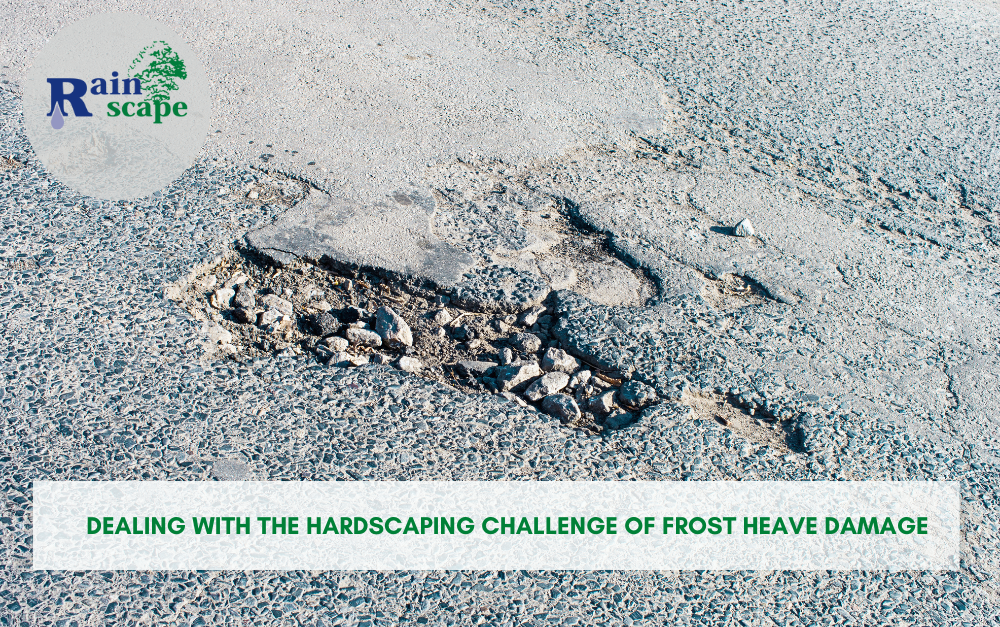Here in Visalia, California, we don’t experience the same freezing cold winters and temperatures as some regions do, but we do experience frost and freezes during the winter months. These temperature fluctuations can wreak havoc on your shallow-rooted plants and can become an issue for your hardscaping. One potential issue is frost heave damage.
How does frost heave happen?
As temperatures drop to freezing and reach the soil it causes the subsurface water to become ice. This ice expands, displacing the soil and pushing upward. It takes a perfect combination of events for frost heave to occur. For it to occur there must be freezing temperatures, water and frost-susceptible soil. If you have fine-grain soil it will be more susceptible to frost heave.
When does frost heave normally happen?
You’re usually going to see frost heave happen during late winter and early spring as the temperatures start to fluctuate. Frost depths start to vary which causes a series of ice lenses with frozen soil layers in between. The ice lenses grow and cause the deformation and upward thrusting of the ground surface.
What does frost heave look like?
When the joint sand under walkways settles unevenly, it will create those ugly and dangerous bulges on patios and walkways. If you have a Flagstone walkway, you’re less likely to have issues and it will only require minor replacements.
What is the solution for frost heave?
Frost heave can require a wide variety of solutions. It’s usually best to leave it alone at first to see if the soil settles back into place. If you notice that the pavers don’t settle back correctly, you may need to do some work to improve the drainage. It may only require minor maintenance, such as replacing pavers that have raised or settled or adjusting the sand and reinstalling the pavers. If you are noticing that it’s more severe, you may need to do a full replacement of the hardscape. If your concrete base was too thin or lacked drainage it will likely need a full replacement.
How to minimize or prevent frost heave
Prevention is the best solution. Preventing frost heave starts with the quality of installation. If you can hire professional help, it will minimize the chance of frost heave ruining your hardscape to begin with. It’s important to eliminate the conditions within your power to prevent frost heave. You will need to reduce frost penetration, make sure that the soil in the freezing zone isn’t susceptible to frost, and keep water out of the freezing zone.
Take a moment to evaluate the soil that you’re working with. A soil that holds more water or has poor drainage is more likely to experience frost heaving. If your soil is clay-like then the base must be deeper, even up to 2 feet of base material. When you install the hardscape, it’s important to dig beneath the frost line and address any drainage issues that you come across. Another tip is to avoid using plastic when edging your pavers as this can heave.
If you’re looking to replace or install hardscape, we are happy to help. Give us a call here at Rainscape and we will make sure it’s installed properly from the start.

